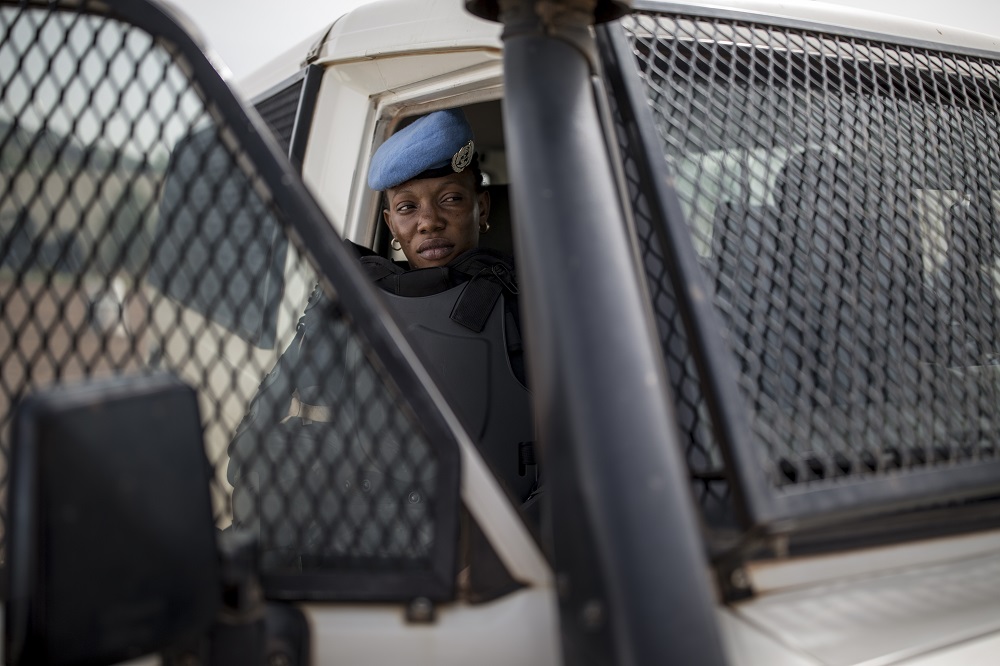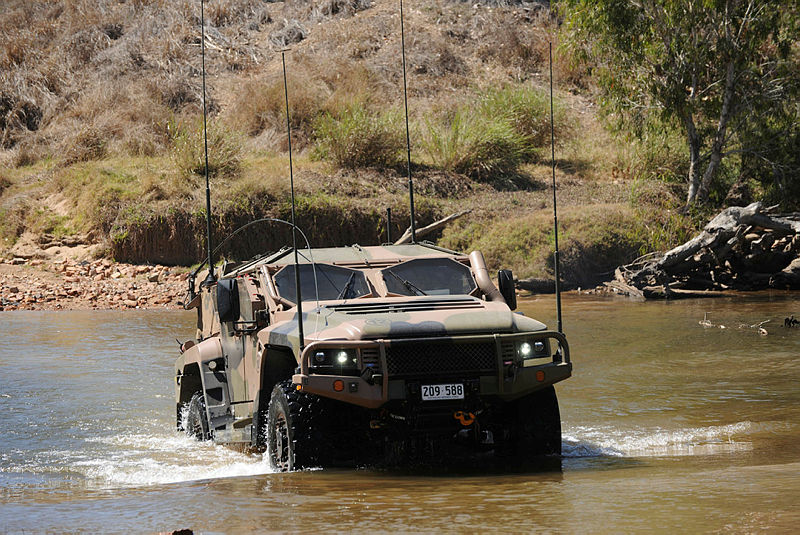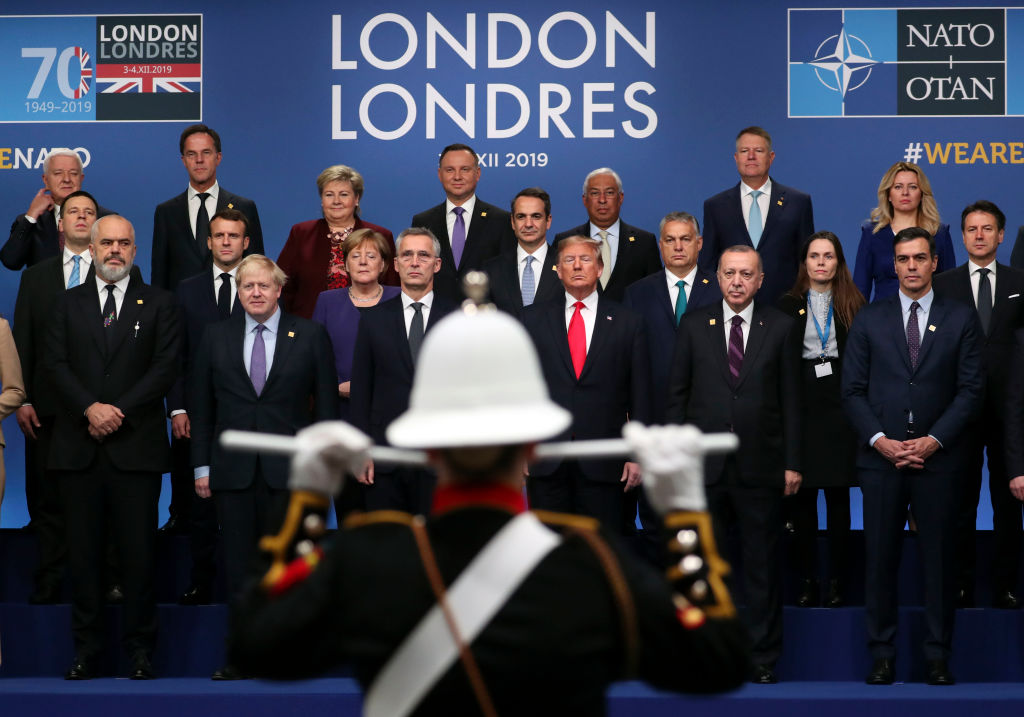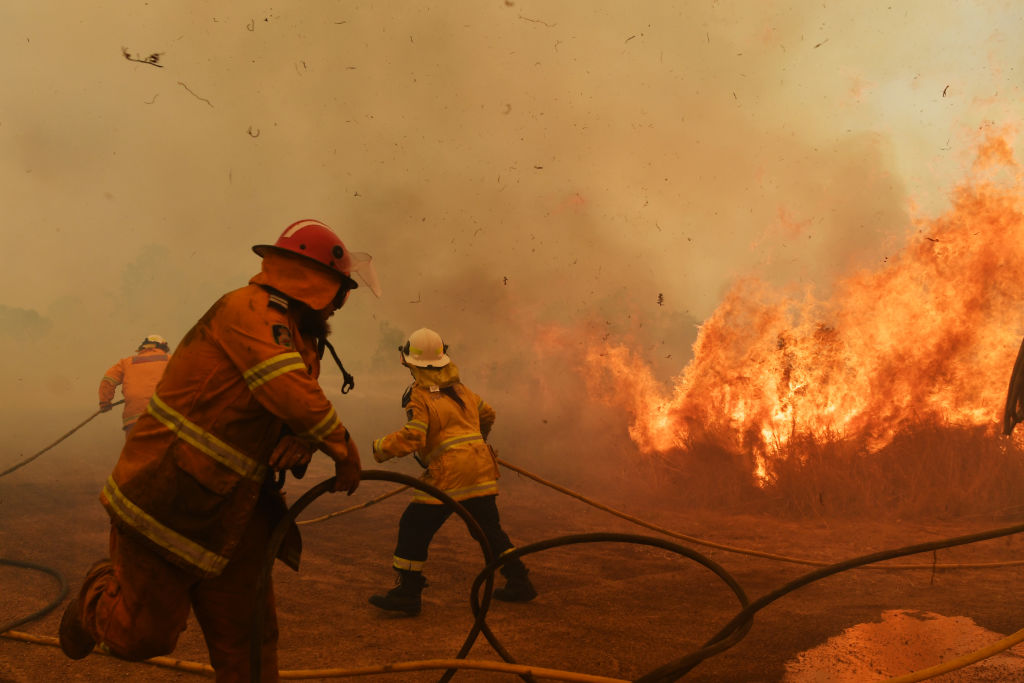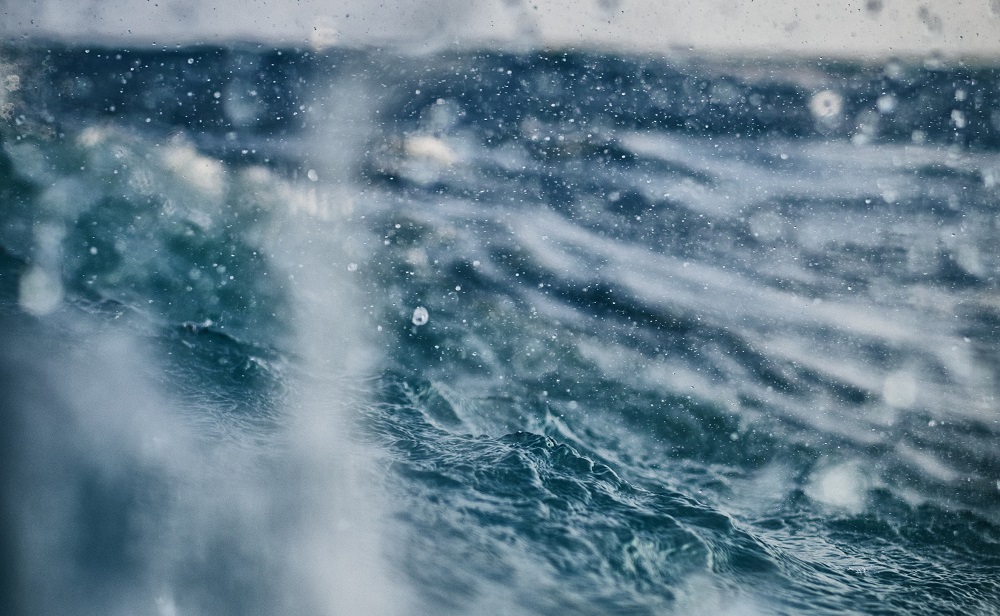ASPI suggests

The world
After the US Senate’s acquittal of President Donald Trump on impeachment charges, The Atlantic’s washup includes a look at what might happen next—including the possibility that Trump will interpret the result as a licence to repeat the behaviour that led to his impeachment in the first place. A recent article in Foreign Policy highlights five takeaways from Trump’s state of the union address this week. Meanwhile, in the race for the Democratic nomination, Pete Buttigieg just leads the Iowa caucus results. As the Washington Post reports, both Elizabeth Warren and Bernie Sanders believe US foreign policy should be re-envisaged with a scaled-back military and fairer trade deals. Buttigieg and Joe Biden have stressed the need to heal after the Trump era, largely by returning to a foreign policy like that of Trump’s predecessor, Barack Obama.
And as headlines in the US focus on the delays to the Iowa caucus process, this ABC opinion piece looks at the world’s youngest leader, Austria’s Sebastian Kurz, who’s just 33. K. Biswas in the New York Times argues the election result there showed a continuation of the right-wing politics the region has witnessed since 2000, noting Kurz’s anti-immigration stance.* However, as reported by the Financial Times, the coalition between Kurz’s conservative party and the progressive Green party demonstrates a shift from previous elections. Anti-immigration sentiments are reflected in other parts of Europe, with The Guardian reporting that Greece, as well as Italy and Hungary, have adopted stricter border-control and refugee policies. For some context, a report released by the Brookings Institution found that only 1% of refugees are resettled outside of their initial country of asylum.
This week we digested the details of Trump’s long-awaited Middle East peace plan and to be honest, we couldn’t find anything positive. Robin Wright in the New Yorker explains some of the issues with the plan, which include allowing the conflict between Israel and Palestine to continue for at least four more years, and writes that it could violate international law. The Palestinians were quick to reject the deal, with Foreign Policy citing water rights as a key reason the plan could not be accepted. Foreign Affairs examines how the Trump team decided key issues in Israel’s favour. The European Union has slammed the plan, according to Deutsche Welle, and called for more negotiations. Foreign Policy describes the UK’s decision to support the deal as a move to curry favour with the US ahead of negotiations on a post-Brexit trade agreement.
Speaking of Britain, it’s now officially single and Prime Minister Boris Johnson is looking to swipe right on any trade deal he can get his hands on. Bloomberg looks at Johnson’s plans for greater integration between Australia and the UK and highlights the need for a quick deal to ensure Brexit isn’t a failure. A similar story is being heard in Canada, with the UK attempting to replicate the current trade deal between the EU and the Canucks. This piece in The Conversation claims a deal would be relatively easy to achieve. For what’s to come in the Brexit saga on the international relations, security, economic and defence fronts, see the Atlantic Council. Chatham House highlights how Britain needs to avoid repeating the mistakes it made when negotiating with the EU.
As the coronavirus continues to spread across the globe, fears have been raised over possible disruptions to the 2020 Olympic Games in Tokyo. The Diplomat reports there is some concern that a vaccine may not be developed in time for the games. Twenty-five cases have already been reported in Japan, not including the 61 people who tested positive for coronavirus on the cruise ship Diamond Princess, which is docked in Yokohama with 3,700 on board . However, as the New York Times reports, the Tokyo organisers say they have no plans to cancel the Olympics. In The Interpreter, Khang Vu writes that the Olympics may provide an opportunity to ease tensions between Japan and North Korea, as happened between North and South Korea at the 2018 Pyeongchang Winter Games.
Tech geek
Australia is leading efforts to develop a vaccine against the coronavirus. New technology is being used to try to come up with a vaccine within the next 16 weeks. For further information, check out the University of Queensland’s website here. For a list of major vaccines and drugs currently being considered to treat people against the new virus, see here.
China’s growing military relationship with Cambodia is becoming clearer, with the ABC revealing that Chinese military officials had visited their Cambodian counterparts three weeks before a Chinese military-style drone crashed in the country’s south. In January, an unidentified drone was found in a field in Koh Kong, increasing scrutiny of China’s military objectives in Cambodia.
The US Navy has conducted tests with two EA-18G Growlers that it has converted into unmanned aircraft. The Growlers were controlled by a third, manned version of the electronic attack aircraft. While it’s the first time news has emerged that Growlers can be converted into drones, at one level the practice isn’t new. The US has been converting retired jet fighters into simpler target drones for decades, including Boeing’s conversion of F-16s since 2010.
Could the Australian Space Agency help Australia fight bushfires? That idea has been canvassed by Bruce Forster in Policy Forum, in a piece which explores the need for Australia to invest in new firefighting capabilities.
In other space news, Iran’s information and communications technology minister has been caught passing off a kid’s costume as a space suit for an Iranian space mission.
This week in history
On 7 February 1952, King George VI died and his 25-year-old daughter, Elizabeth, became queen. King George famously overcame a stammer during his time as monarch (with the help of an Aussie) and ruled over the Commonwealth from 1936 to 1952. See here for images and information on Elizabeth’s first public engagement as queen.
Multimedia
This Al Jazeera documentary highlights the impact that toxic chemicals from weapons tests are having on the people of the Italian island of Sardinia. [25:00]
You may have heard of the 1,000-bed hospital built in Wuhan in just 10 days. The BBC has images of the construction process that illustrate just how this was achieved.
On the Carnegie Council podcast, Joseph Nye discusses how morals and ethics have affected US foreign policy from FDR through to Trump. [1:07.57]
Events
Canberra, 11 February, 12–1 pm, Australian National University: ‘Evaluating climate change mitigation policy of Japan: a multi-model approach’. Register here.
Brisbane, 11 February, 6–7.30 pm, Australian Institute of International Affairs: ‘Russia’s role in the transition to a stable world order’. Tickets here ($15).
Correction: An earlier version of this post misidentified the author of the New York Times article.




